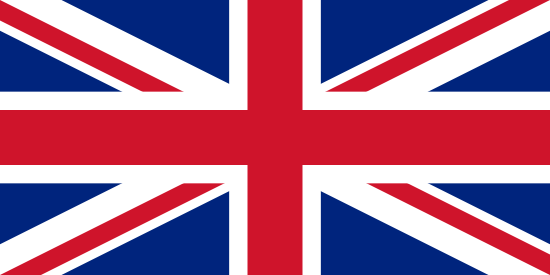Laboratory performance assessment sets
international benchmark in the industry
77 laboratories from 18 countries participated in the 30th QS performance assessment for laboratories in residue monitoring of fruit, vegetables and potatoes in October 2021. QS chose potato as the test matrix, in order to check, among other things, the analysis of sum active substances - such as phenoxyalkanecarboxylic acids and flufenacet. Two-thirds (51 out of 77) of the laboratories passed the assessment.
The international and still growing interest in the QS laboratory performance assessment is unbroken. With laboratories from Peru, India, Morocco, Egypt, Turkey and Serbia, the proportion of test participants from non-EU countries continued to rise. Within the industry, the sophisticated QS test design is considered an important benchmark in the correct analysis and legally compliant evaluation of the residue definition of residues in fruit, vegetables and potatoes.
QS recognized laboratories perform well
Among the 77 participants were 51 QS recognized laboratories and 24 laboratories in the recognition process. Two additional laboratories participated voluntarily and used the assessment for their internal performance review. Of the 51 recognized laboratories, 41 (80 percent) passed the test, about half of them without error. Participants who did not pass must work through the causes and measures for correcting errors in a statement and must also successfully participate in the next performance assessment to maintain their accreditation for the QS scheme. In contrast, of the 24 laboratories in the recognition process, only nine (38 percent) were able to correctly assess the test matrix.
Sum active ingredients posed a challenge
The current results show that the determination of sum active substances and their metabolites presented the laboratories with a particular challenge. Only laboratories that had adapted their range of tests to the current specifications and carried out the necessary backup analysis were able to identify all active substances and thus obtain results that met the legal maximum residue level definition.
QS recognition procedure ensures analysis quality
Since 2006, QS laboratory performance assessments have taken place regularly and unannounced to ensure the quality of analyses in recognized QS laboratories. The test design requirements vary continuously and reflect the current challenges of the industry in residue monitoring. A year-on-year comparison shows that the laboratories that have already successfully undergone a recognition procedure in the QS scheme have been able to deliver significantly better analysis results in the tests.
A detailed overview of the current results and information on the test design can be found here.


